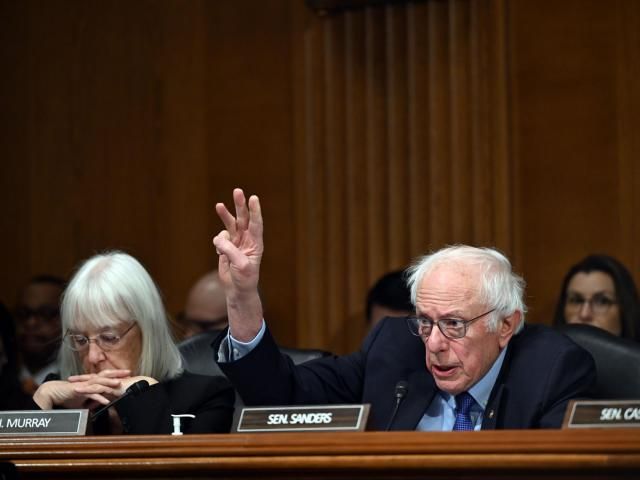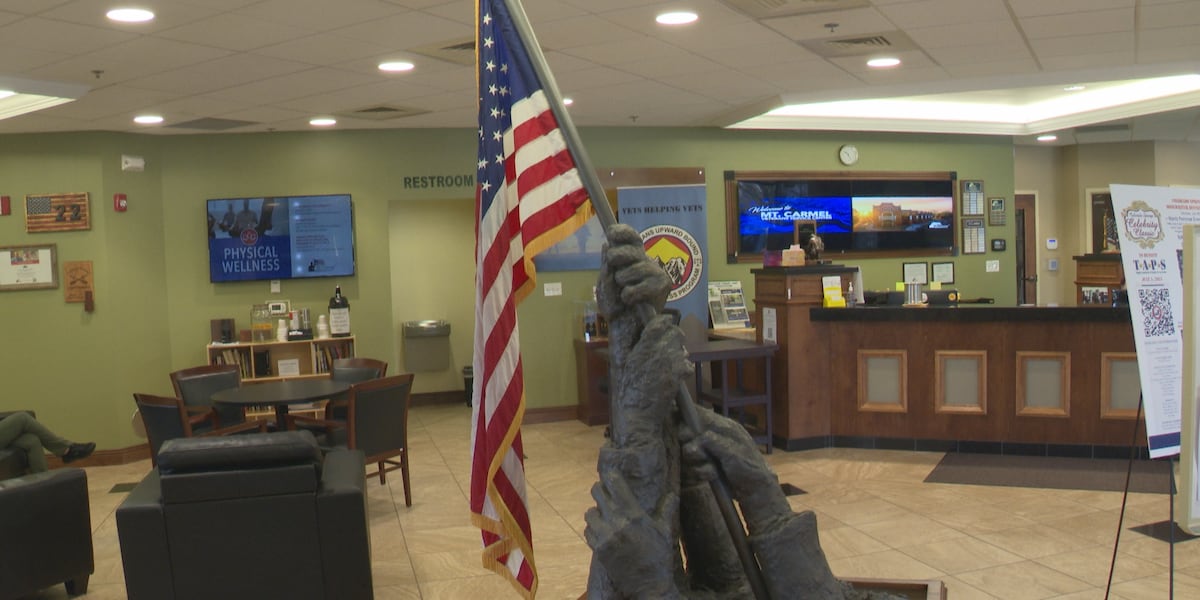US Public Health Crisis: AP Report Reveals Devastating Impact of Funding Cuts on Communities

Funding Cuts Crippling US Public Health System, AP Report Finds
A recent report by the Associated Press (AP) paints a stark picture of the deteriorating state of public health across the United States. Years of federal funding cuts are having a devastating impact on communities, leading to a loss of vital personnel and essential programs. This isn't just about hospitals and doctors; it’s about the often-unseen network of people and services that keep Americans healthy – and they're disappearing.
The report highlights a worrying trend: state and local health departments are struggling to perform their crucial, yet often overlooked, duties. These departments are the backbone of preventative healthcare, responsible for a wide range of essential services. From inspecting restaurants and ensuring food safety to tracking infectious diseases and providing vaccinations, their work is vital for protecting public well-being.
The Ripple Effect of Cuts
The consequences of these funding shortages are far-reaching. With fewer staff and resources, health departments are forced to make difficult choices, often prioritizing immediate crises over long-term preventative measures. This can lead to:
- Reduced Disease Surveillance: Fewer epidemiologists mean less effective tracking of outbreaks like measles, flu, and even potential pandemics. Early detection is key to containing these threats, and cuts hamper that ability.
- Decreased Access to Preventative Services: Programs that offer screenings for cancer, diabetes, and other chronic diseases are being scaled back or eliminated, leaving vulnerable populations at greater risk.
- Compromised Food Safety: Fewer restaurant inspections increase the risk of foodborne illnesses.
- Weakened Maternal and Child Health Programs: Services that support pregnant women, new mothers, and young children are facing cuts, potentially impacting the health and development of future generations.
Beyond the Headlines: The Human Cost
The AP's report isn't just about statistics and budgets; it’s about real people. It showcases the stories of communities struggling to cope with the loss of essential health services. Rural areas, in particular, are disproportionately affected, as they often have fewer resources to begin with and rely heavily on state and local health departments.
For example, in some states, vital childhood vaccination programs are being curtailed, putting children at risk of preventable diseases. In others, the number of nurses and public health workers available to respond to emergencies has dwindled, leaving communities vulnerable.
A Call for Action
The AP's report serves as a wake-up call. Investing in public health isn't just a moral imperative; it's an economic one. Preventing illness and promoting wellness is far more cost-effective than treating disease and dealing with the consequences of preventable health crises.
Policymakers need to recognize the critical role of state and local health departments and prioritize funding for these essential services. The health and well-being of all Americans depend on it. Failure to act will only exacerbate existing health disparities and leave communities more vulnerable to future health threats. It’s time to reinvest in the foundation of a healthy nation – our public health system.






